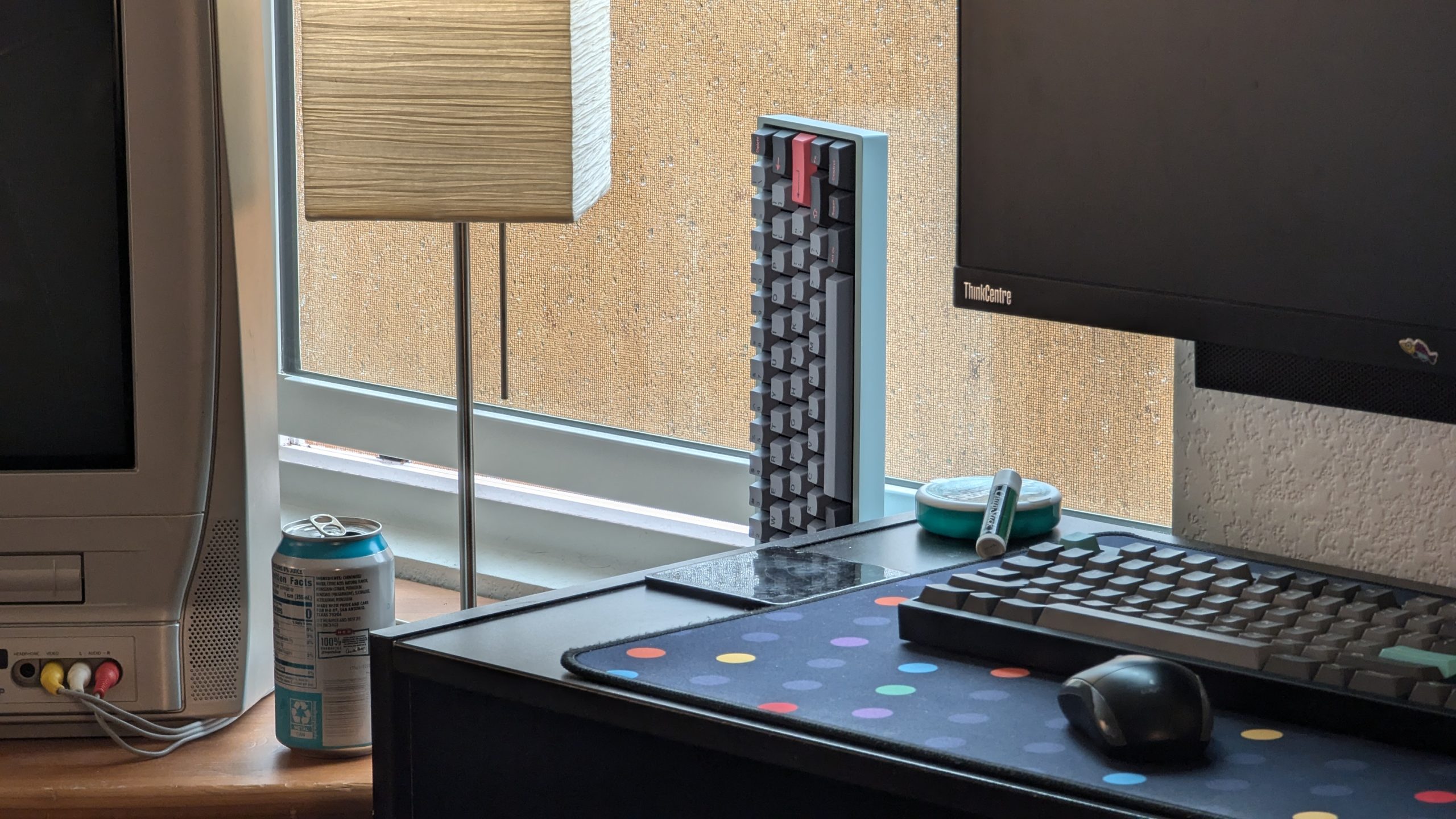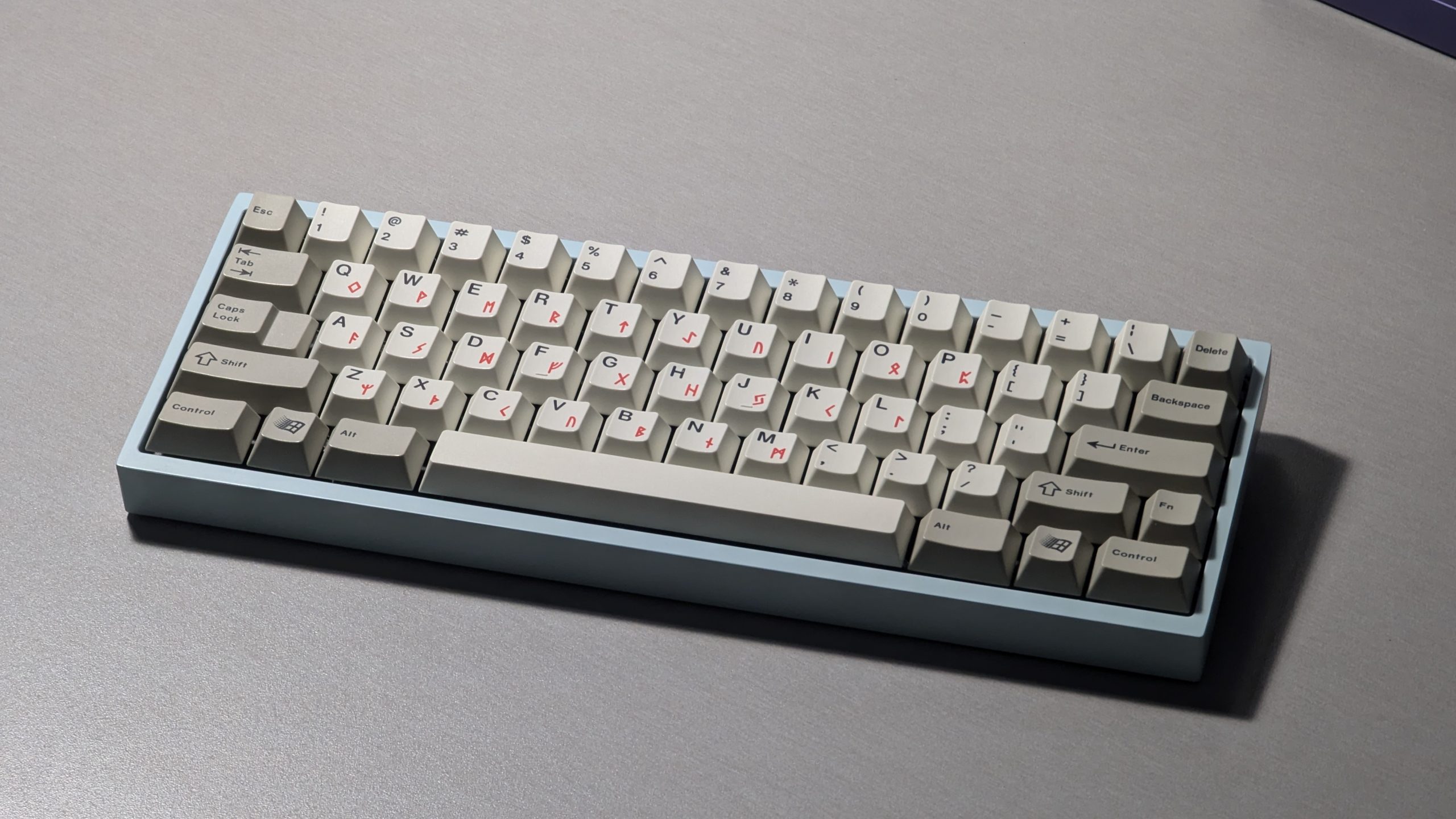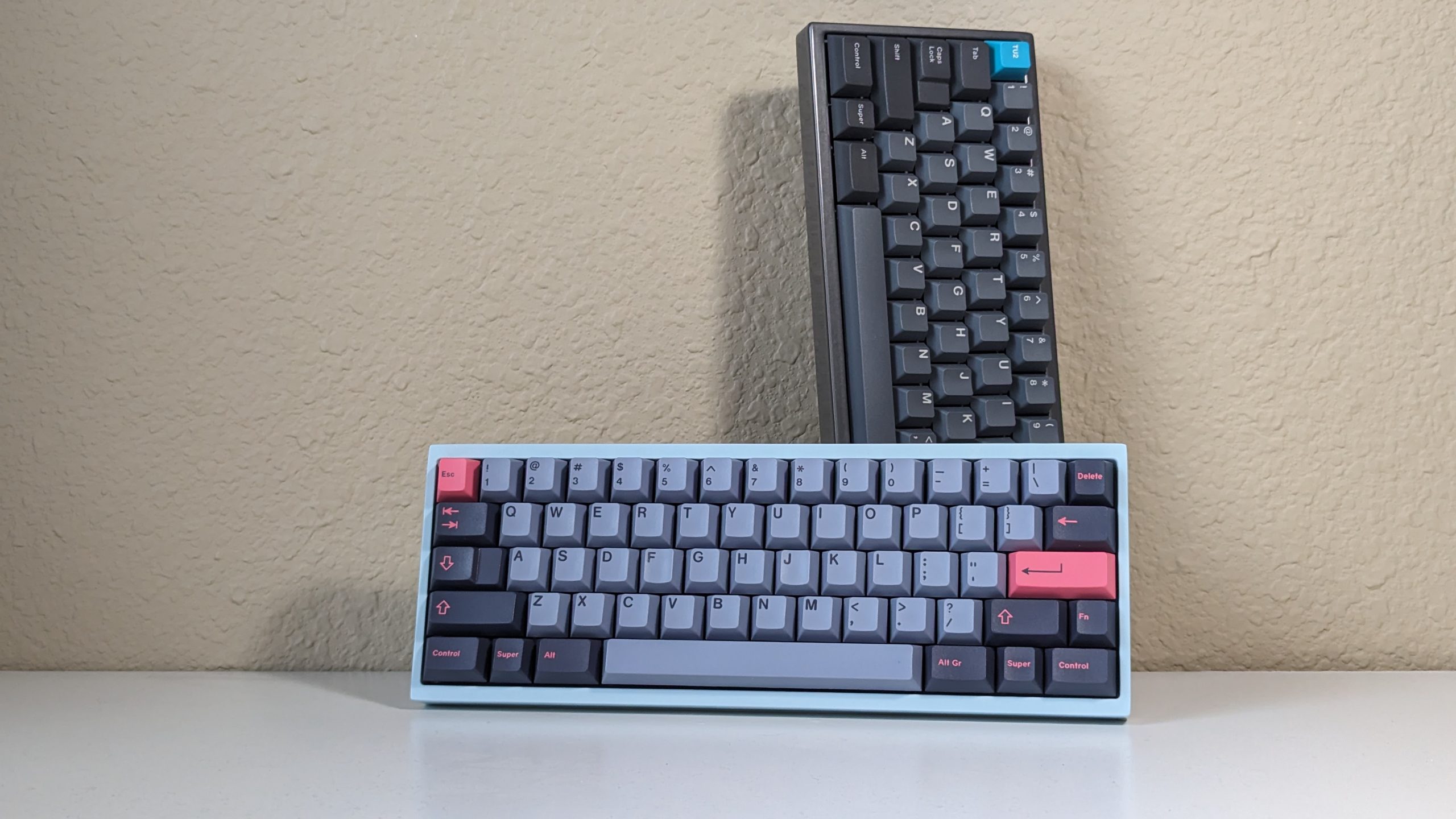Bakeneko60
The Bakeneko was a turning point of keyboard for me where I started looking for what just works rather than blindly going into boards without knowing the reception because I think it’ll sound good.
Design/Aesthetics
The Bakeneko is a very classic but simple design, the often-referenced “box on wedge” style. The 60% version of the Bakeneko is absent of a weight, which is odd considering the 65% has one. Both the 60 and 65 feature an impression of the CannonKeys logo on the center of the bottom of the case. Both are one-piece cases since a two-piece case is not necessary for o-ring mount.
Both the 60 and 65 are made from cast aluminum rather than the traditional CNC aluminum, it should allegedly make the cost of production lower by casting it, but when the price is comparable to that of ordering one from JLC, with anodization, it is hard to consider this as a reasonable explanation. With the Bakeneko being cast rather than CNC, the cases are also painted or spray coated, which does have its varying quality versus an anodization, and can change the acoustics versus a more natural aluminum finish.
The 65 does have a CNC version, but it’s been at very low stock for a while and I have actually never heard anybody talk about it, like as though it’s some Mandela effect.
Assembly
As an o-ring mount board, a simple mounting of the switches on the PCB with a plate of your choice, stretch the o-ring around the PCB and plate, plug the daughterboard in, and it simply friction fits in. It is worth noting that most o-ring mount plates require at least backspace and the spacebar to use clip-in stabilizers as the thread of screw-in stabs stands too tall for the o-ring to sit between the plate and PCB nicely.
I would also personally recommend trying to put a layer of tape on the floor of the case to help with deflecting some of the resonance since the lack of weight really makes it pingy once assembled. Poly-fil, paper towel or PE foam in the case can also be looked into, but I prefer to keep mods to a minimum if possible to avoid that foamy sound profile that simply takes over everything else.
PCB and Firmware
By default, the Bakeneko comes with a DB60 Hotswap PCB, which is probably the most basic PCB you’ll ever see. Completely standard 60%, no layout options, no LEDs, Via-ready QMK. If you could buy just the case, I would insist on buying the solder version of the Bakeneko PCB, or if you need hotswap to then buy 4pplet’s waffling60 PCB or Geon’s Venom 60 MX PCB which are offered at the same cost but come with a more standard array of layout options such as stepped caps lock, split right shift, split backspace, 7u, etc.
Typing Experience
O-ring boards are fairly similar across the board, but they’re always a very solid option and pretty much comes down to the case and how much it resonates. O-ring is almost always a nice blend between something softer like a poron gasket mount and a top mount, while providing a fairly consistent, poppy sound because of the even compression of the friction-fit o-ring.
Overview
The Bakeneko is a solid “safe” option, although I would prefer to buy something like the Bongoneko or a Cat:(, or if size is all that matters, something from QwertyKeys: either the Neo 60 or 65 builds. CannonKeys did try to somewhat redeem themselves with the BakenekoGO, which was a nice step in the right direction, but still leaves a couple things behind, namely an updated aluminum case.
| Bakeneko60 |
|---|
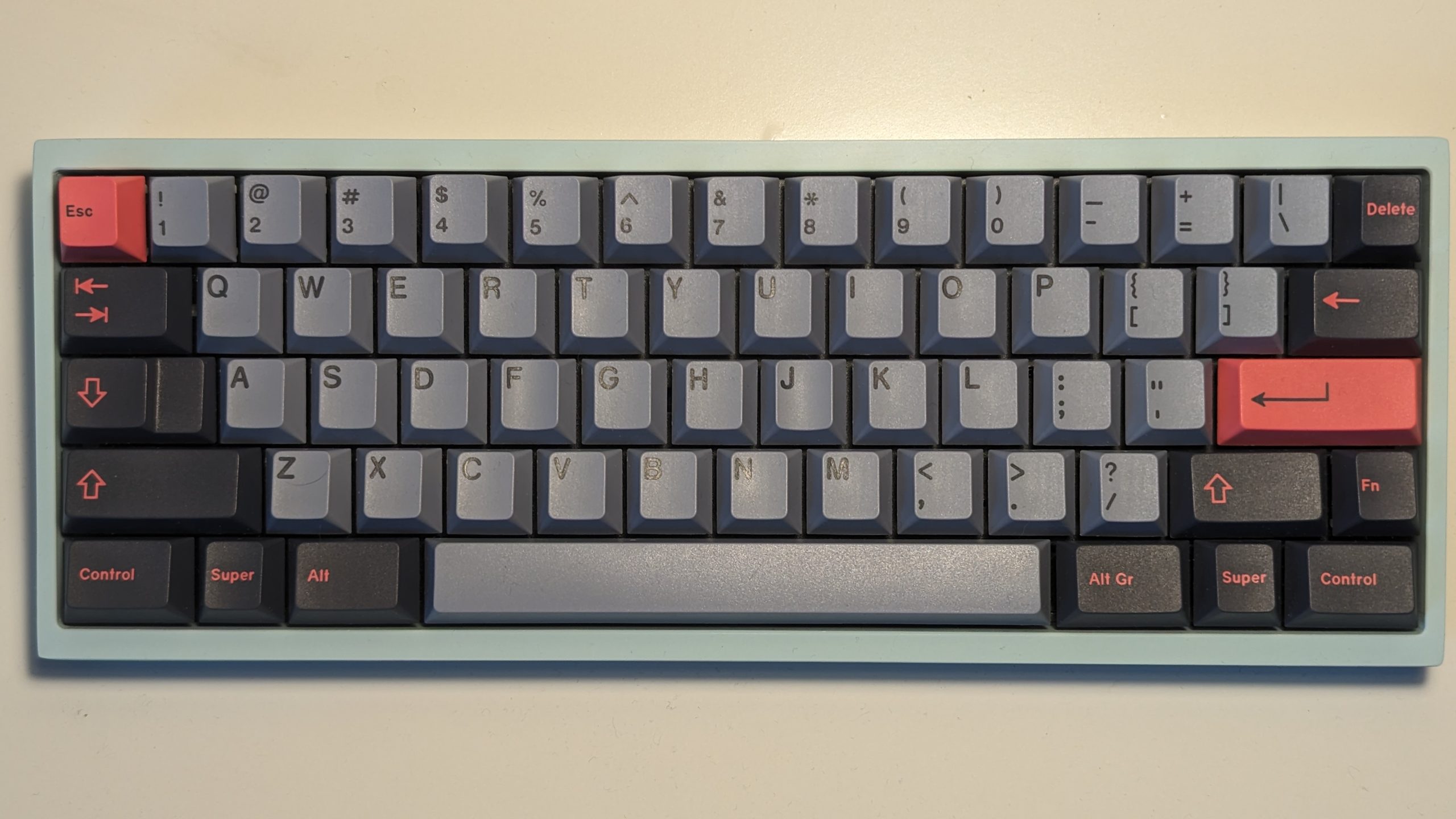 |
| Case Material • Cast Aluminum (Case) |
| Plate • FR4 Plate |
| Mount • O-Ring Mount |
| Included Parts • Carrying Case • Hotswap PCB & Universal Daughterboard • Cherry Clip-ins • 50A O-ring |
| Cost • $59 (sale, normally $135) |
| Release Date • 2020 |
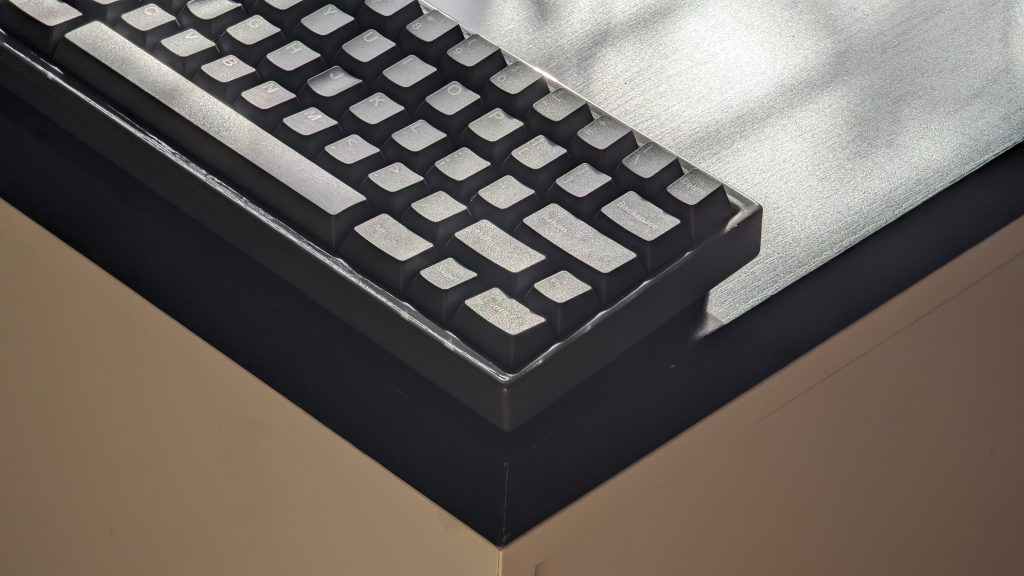
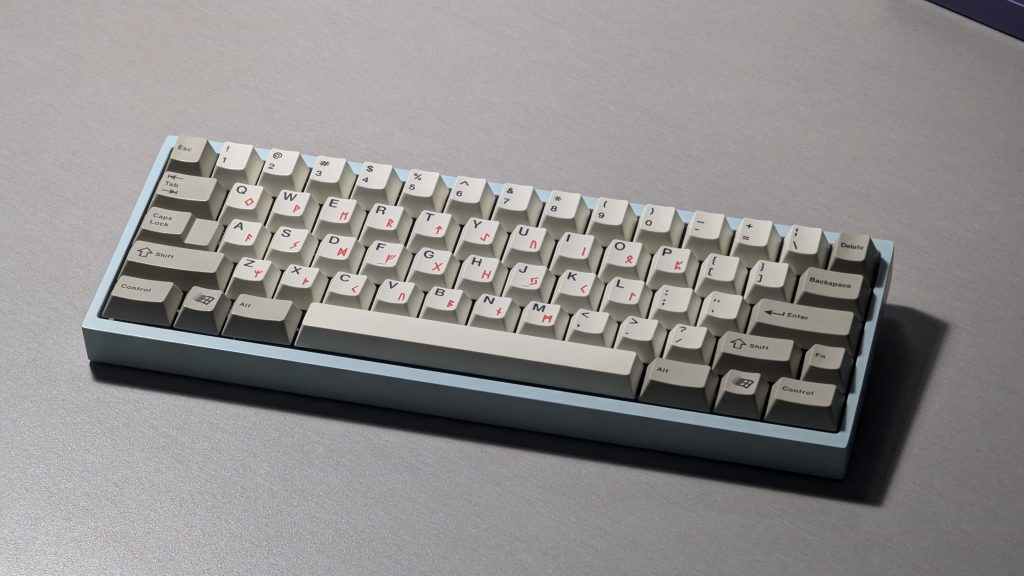
Gallery
This article is not sponsored or compensated for in any way. This article falls under Fair Use and adheres to the Copyrights of the mentioned brands. Any mistakes, feedback or clarifications may be directed to askme@cheesemanfuu.com.
